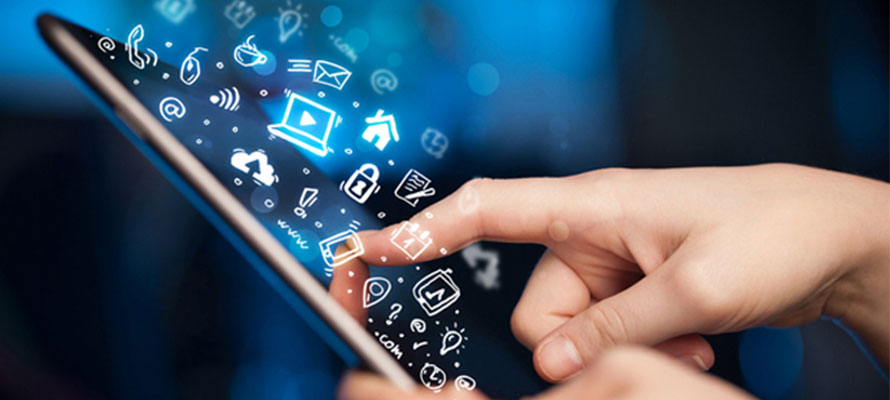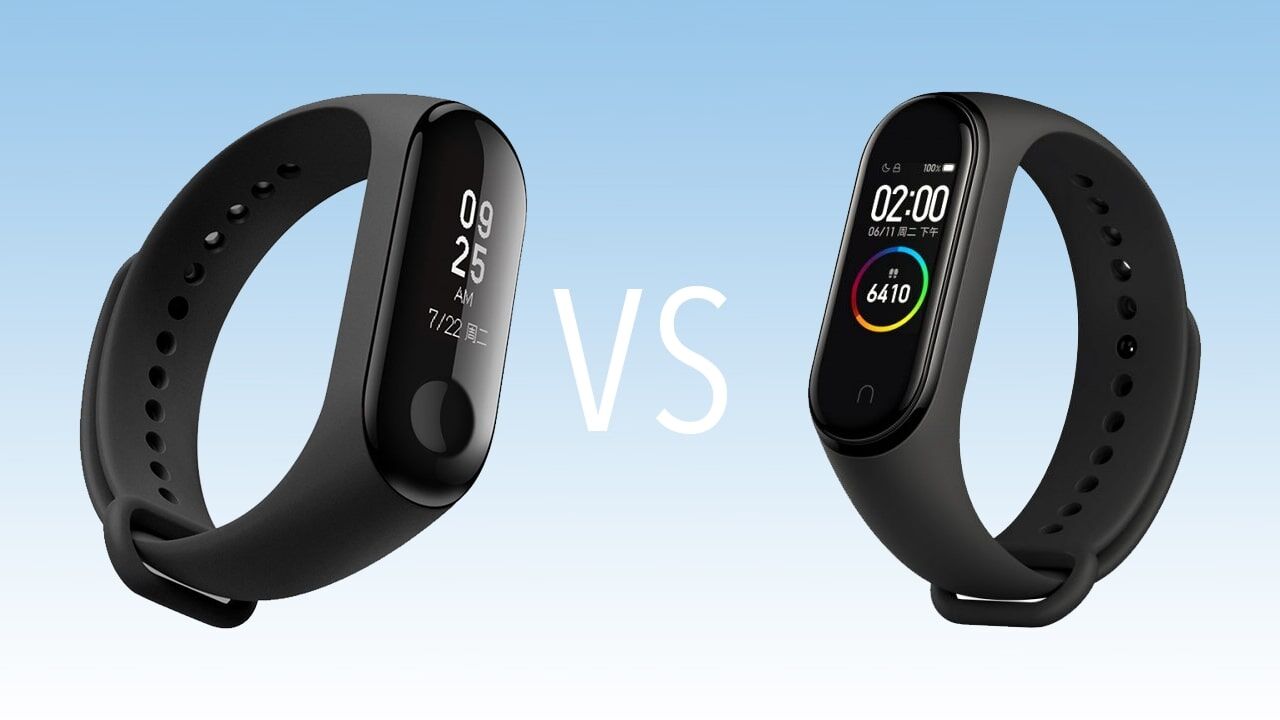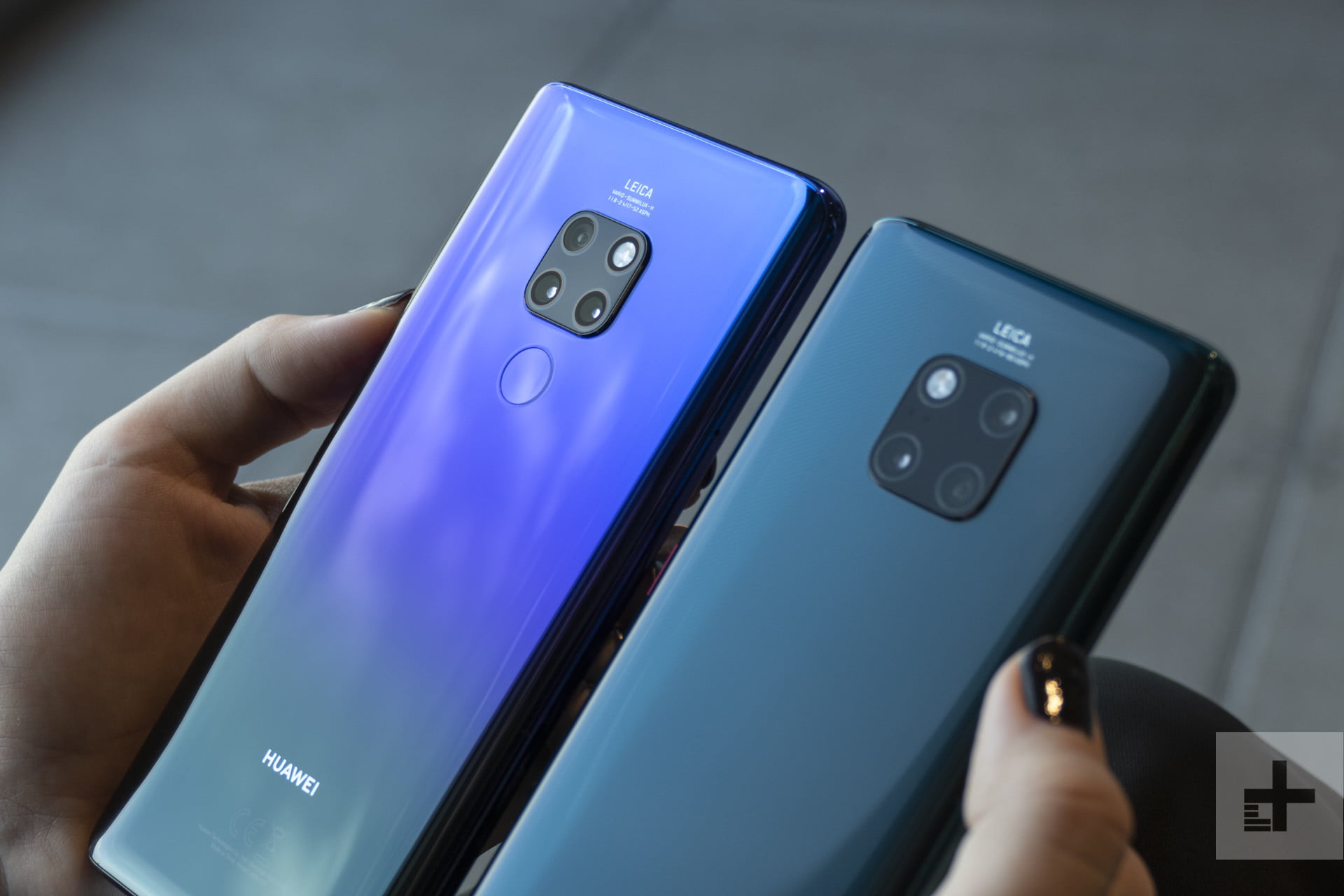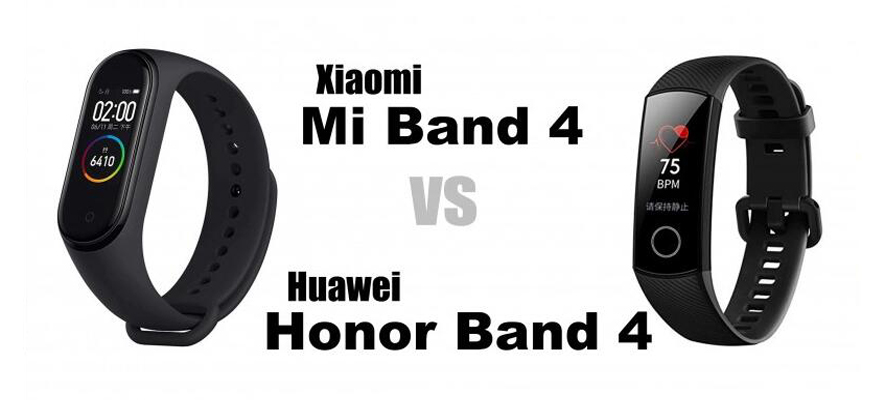Local Storage seems to be disabled in your browser.
For the best experience on our site, be sure to turn on Local Storage in your browser.
How to Choose A Smartphone Fit You?
Buying a smartphone may be daunting, particularly when there are so many new options on the market now. But it's also a decision need to think carefully. Smartphone is your constant companion and instant connection to the world. Whether you use it for personal or work purposes, having access to a web browser at your fingertips, instant messaging to communicate with anyone, and dozens of apps to help you manage your life is the way of modern life. Your smartphone plays an indispensable role in your daily routine, so choosing a new one is a big decision you shouldn't take lightly.
Whoever you are, the first thing to you need to figure out is what feature is your top priority. While we'd all love for phones to have it all, the right decision requires you to rank some attributes.
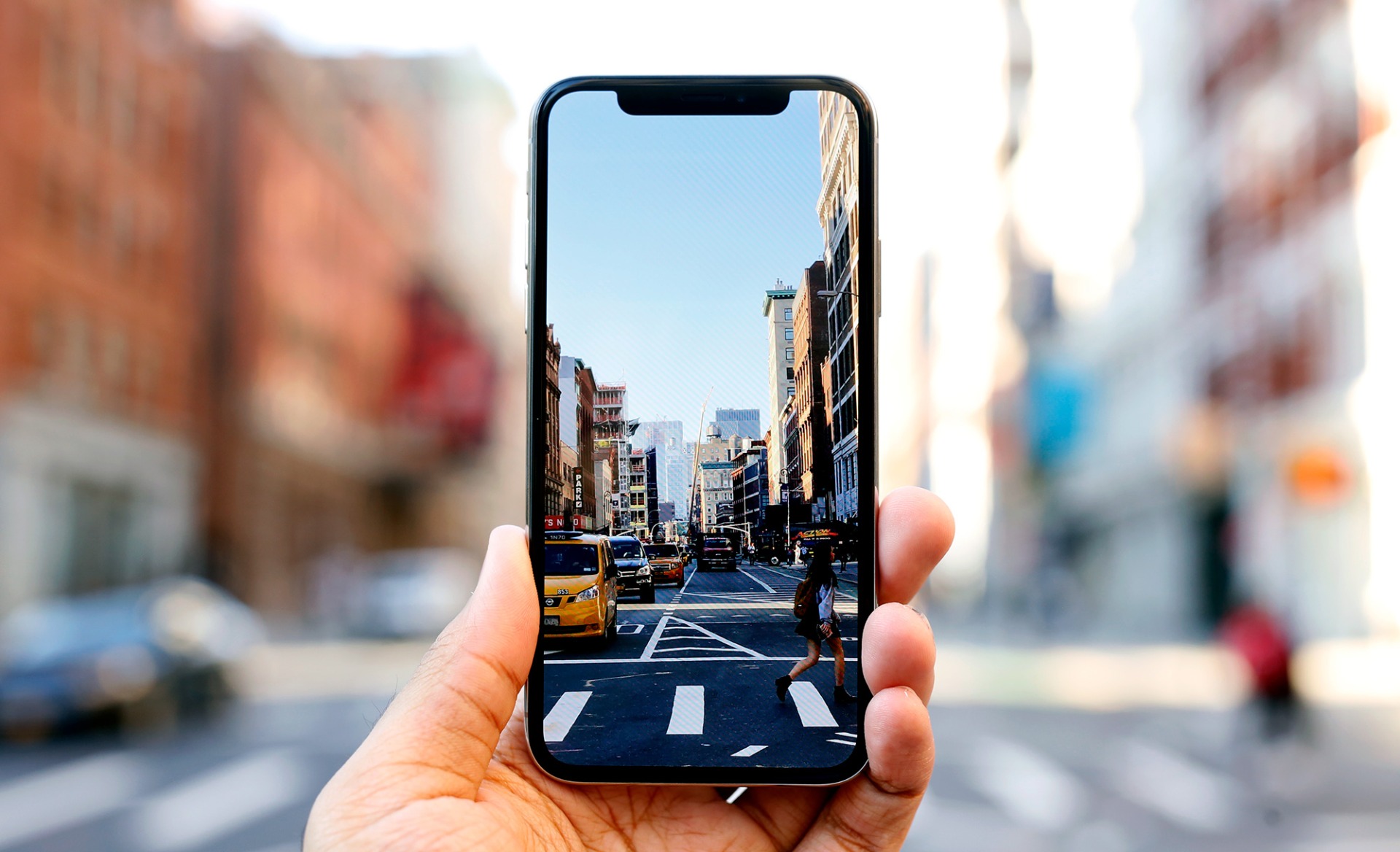
The camera:
Cameras have become a top priority for many smartphone buyers. Thinking about what kind of pictures you shoot and your own skill level may help you here. The good news is that most of the phones on the market have pretty good cameras. Mobile device manufacturers responded accordingly by tapping into every available technology to produce the smartphone cameras of today, which by most accounts rival some basic digital cameras in terms of quality, so it's hard to land with a bad option.
Many of today's smartphones offer cameras with higher resolution sensors – 12 megapixels or more that are capable of snapping photos of impressive quality. These smartphones produce sharper cropped or enlarged prints, optical image stabilizers to help minimize the blurriness from a shaky hand, and video cameras that can capture spur-of-the-moment action with high-definition clarity, too.
But higher-quality images mean you'll need more storage. These higher-quality images are up to 5 megabytes per image, and videos can be several hundred megabytes in size. As such, you'll want to look for a smartphone that accepts micro SD memory cards (64 megabytes is ideal), or look for a smartphone that has at least 64 megabytes of internal storage.
The battery life:
Battery life is a good attribute to consider, particularly if you're on the go a lot and can't stay plugged in throughout the day. Phone makers, in particular Apple, aren't giving specific hour estimates on battery life any more, perhaps because mileage varies so much depending on how you use your phone. But don't settle for a smartphone that lasts less than 10 hours on a charge.
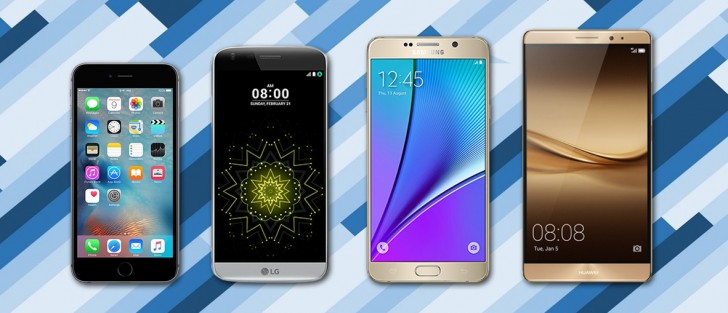
The screen size:
What screen size should you choose? The overall trend is towards larger smartphone screens, some even akin to a small tablet PC, but some smartphone users may find smaller screens more functional for everyday use as they are easier to tuck into a pocket when you're on the go. If you tend to use your smartphone for a variety of computing tasks, however, such as browsing the web or communicating via email, you might find a larger screen more suitable to your needs.
But there is a shortcoming of a larger smartphone screen that larger screens are trickier to navigate single-handedly than smaller screens. If you naturally use both hands most of the time when using your smartphone now, this isn't likely to cause you frustration. However, if you're a single-hand user, a larger screen may take some getting used to.
A 5.7 inch phablet, as these large-screen smartphones have become affectionately known, isn't likely to fit into the back pocket of your jeans or even in your coat pocket easily. So if you need somewhere to tuck your device while you're going about your day, some of the largest smartphones might not be ideal. On the flip side, larger screens are ideal for users who use their smartphones to consume media like YouTube videos, gaming, or watching movies. They also make some tasks easier for people who use their smartphone for multi-tasking at work.
The most popular smartphone screen size is 4.7 inches, though you shouldn't let the crowd's opinion sway you in this case. Choose a smartphone sized appropriately for your needs that will fit into your lifestyle.
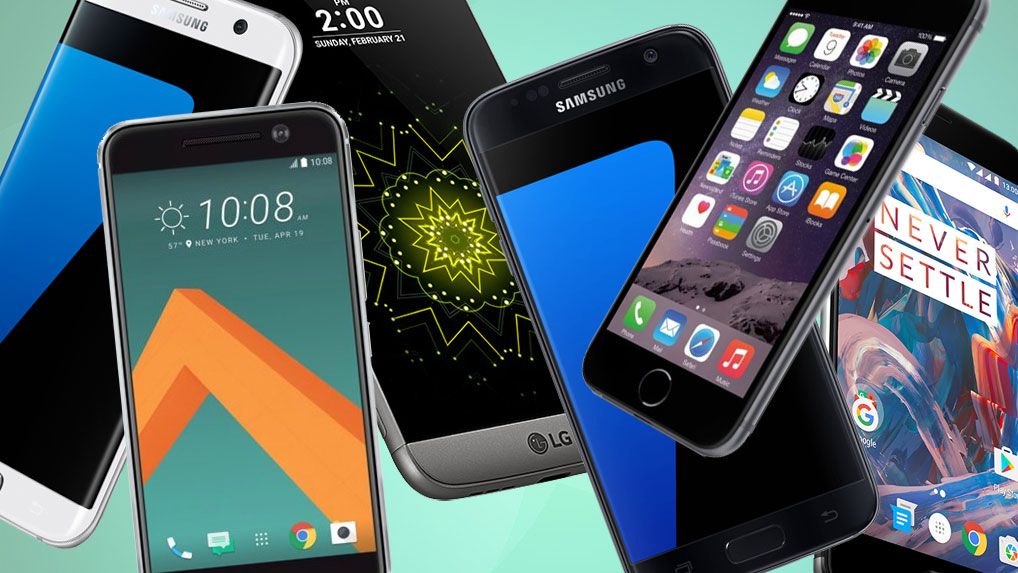
The size, thickness, and weight:
The size and weight of your smartphone is another major consideration that can contribute to whether you love your smartphone or despise it. Naturally, though, the size of your smartphone overall is pretty much dictated by the screen size. Most of the widely popular smartphones today look pretty large compared to the handsets that were widely used just a few years ago.
Also important is thickness. Generally, users prefer slimmer phones, which are also typically lighter and thus easier to hold for long periods of use. The larger devices are typically heavier, but looking at size and weight from this perspective offers some insight into the phone's perceived heaviness based on how large and bulky it is.
The best way to choose a smartphone based on size and weight is to visit your local retailer and hold their display models. If you're going for a substantial size increase, remember that you're used to using your current device and therefore a larger, heavier device will probably feel like holding a bowling ball until you're used to it.
The durability and materials:
If you're the person who is constantly losing or dropping your phone (usually in water-filled destinations, like a river or the toilet), durability should be near the top of your priority list when buying a new smartphone. Fortunately, you're not the only accident-prone smartphone user prone to cracking your screen, sending your device for a swim, or any number of misadventures that should surely immediately end the life of any electronic device.
To meet the needs of the growing ranks of smartphone users likely to encounter such mishaps, device manufacturers are getting smart about material choices and producing more robust smartphones capable of taking a beating.
Some smartphones sacrifice the sharp-looking aesthetics for rugged durability, ideal for backpackers, hikers, and the like who probably care less about the stylish appeal than they do the durability. Others aim to blend both durability and design in one, offering water resistance, the ability to withstand the occasional drop on a hard surface without cracking, and handling most of your day to day mishaps while still looking sleek.
Of course, you can make most smartphones a bit more durable with a carefully selected smartphone case, some of which aid shock absorbance and offer cushioning to protect the device from drops, bangs, and dings.

Switching to a new platform:
If you've always been an Android smartphone user and have decided it's time to make the leap and try iOS, or vice versa, the choice to switch to a new platform can be anxiety-inducing. What about your contacts? The hundreds of memories stored on your camera roll?
And what about all those apps? Android and Apple have different app ecosystems. You get Android apps at the Google Play Store and iOS apps from Apple's App Store. Switching to a new platform means you'll need to download or purchase the apps you rely on again.
If you have a lot of paid apps that you use regularly and you're switching from Apple to Android or vice versa, the reality is you'll be spending some cash to build your app library back up. However, most people have tons of apps downloaded that they haven't actually opened in years, so take stock and purchase only what you actually need and use for your new smartphone.
The price:
This is the attribute that, generally speaking, requires the most in terms of trade offs. But focusing on price makes sense, particularly as smartphone prices are now hitting $1,000.
Price is often what makes people stick with the basic flavor smartphones, for most people, that'd be the iPhone 8 or the Galaxy S8, which work for those who just want a phone that works well. The price conscious may also want to consider last year's phones, which get price drops as the new tech comes out.
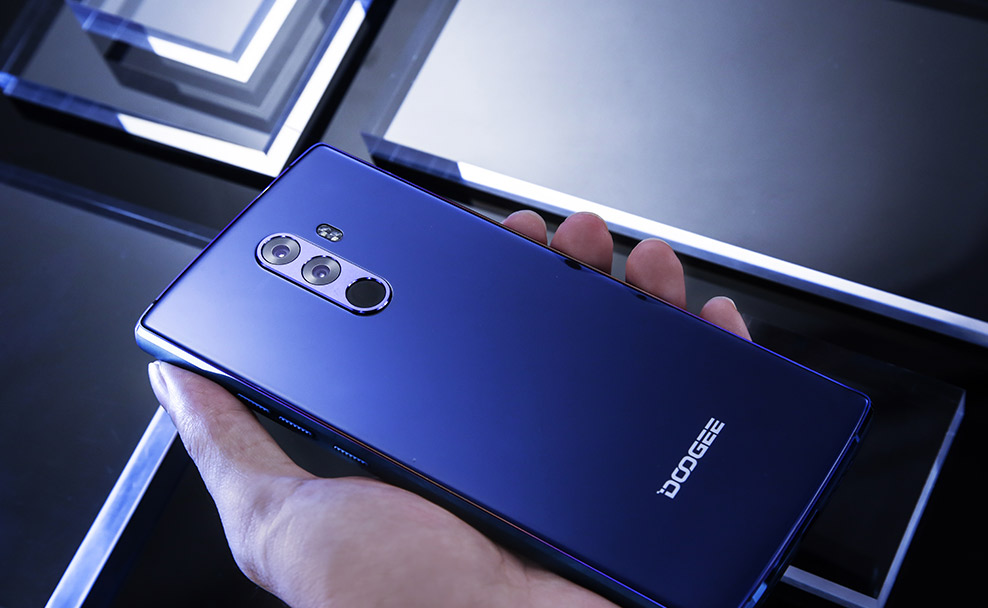
If getting a really low price is your main objective, the field actually gets a little more crowded. You can look at some of the more budget top or mid-tier phones for under $500, which tend to get the job done well, even if they're not likely to rock your world. Devices such as the Doogee Mix 2 offer pretty-darn good features and performance.
Hope this article will give you some help when you are considering purchasing a smartphone. Finally, we can introduce some cheap and good Android smartphone on our website GearVita.com to you.
1. Oukitel MIX 2 5.99 '' FHD Screen 4G Mobile Phone Fingerprint ID:
https://gearvita.com/oukitel-mix-2-5-99-fhd-screen-4g-mobile-phone-fingerprint-id.html
2. DOOGEE MIX 2 5.99 Inch 4G Smartphone Full Display with Four Cameras Support Face Unlock:
3. Blackview BV9000 Pro 5.7 Inch 4G Smartphone Full Screen Waterproof IP68 NFC Mobile Phone:
4. LEAGOO Elite 2 3G Smartphone 5.5 Inch Dual SIM Android 4.4 Octa Core Phablet:
5. Ulefone Power 2 5.5 Inch Android 4G Smartphone Support Dual SIM Card:
https://gearvita.com/ulefone-power-2-5-5-inch-android-4g-smartphone-support-dual-sim-card.html



